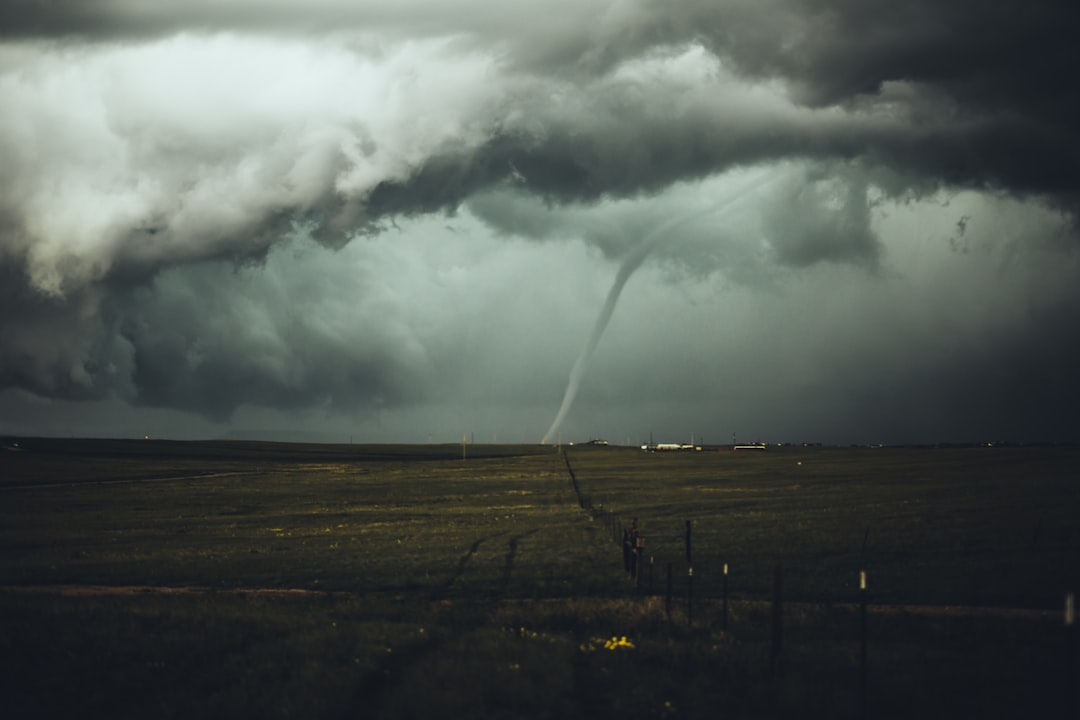What is it about?
After the dual-polarization upgrade, new radar signatures are now available to National Weather Service forecasters, but there is uncertainty about how these signatures can be explicitly used to issue severe weather warnings. This paper examines 42 storms in Oklahoma to explore one such signature known as a Zdr column, which can give information about the location and intensity of a storm's updraft. Topics covered include: typical values of Zdr column depth, relationships between Zdr columns and storm reports, relationships between Zdr columns and other radar signatures forecasters typically use to issue warnings, and the impact of radar update time on observing Zdr columns.
Featured Image

Photo by Michael Weidner on Unsplash
Why is it important?
Previous work has suggested that dual-polarization radar signatures may be helpful to forecasters in terms of issuing warnings for severe weather. This work aims to extend that idea by linking one such radar signature to the warning decision process. Significant findings include: 1) statistically significant differences exist between the Zdr column depth and -20C reflectivity core intensity of severe and nonsevere storms, 2) Zdr columns evolve several minutes earlier than -20C reflectivity cores and could therefore give forecasters additional time to examine a storm and potentially increase warning lead time, and 3) rapid-update radar data provides a clearer and earlier picture of storm evolution and can therefore also help forecasters extend warning lead time.
Perspectives
The purpose of this work is to help forecasters and researchers better understand the evolution of Zdr columns, so we especially thank all of the forecasters who provided input and feedback during this work.
Charles Kuster
National Severe Storms Laboratory
Read the Original
This page is a summary of: Rapid-Update Radar Observations of ZDR Column Depth and Its Use in the Warning Decision Process, Weather and Forecasting, August 2019, American Meteorological Society,
DOI: 10.1175/waf-d-19-0024.1.
You can read the full text:
Resources
Contributors
The following have contributed to this page










